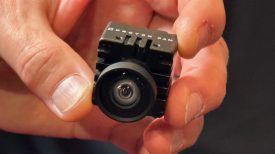A few weeks ago we reported on the announcement of a new trio of SLR Magic anamorphic PL cine lenses. They have a unique 1.33x squeeze factor, coupled with special masking techniques in the rear of the lens to create a look that is more akin to a 2x anamorphic lens.
When I saw these I was immediately interested in their potential for use in shooting the real world. They are smaller and lighter than competing anamorphic lenses. This, combined with the fact that they are fully integrated designs with a single focus ring, makes them more suitable for running and gunning. The PL mount is very flexible and they can be used on Canon EOS using a special adapter that SLR Magic will sell.
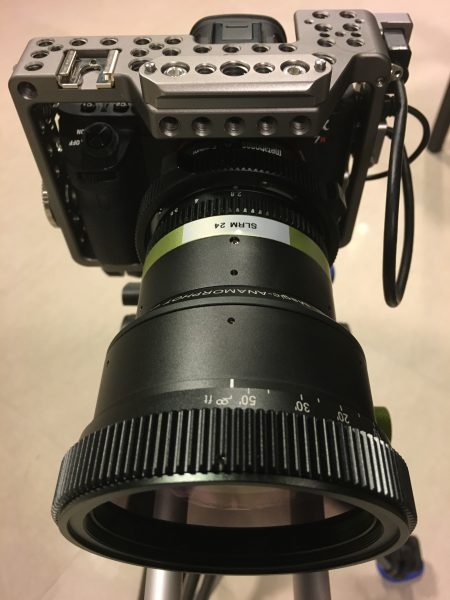
The 1.33x squeeze is designed to be used with 16×9 sensor cameras, meaning that your a7S or C300 can be used to shoot 2.35:1. SLR Magic’s 1.33x Anamorphot adapter has the same ratio, but without the oval shaped rear entrance of the lens it can’t achieve the same type of bokeh. Additionally, the new lens has a specially designed optic that brings image quality that the original adapter with SLR lens combination did not have.
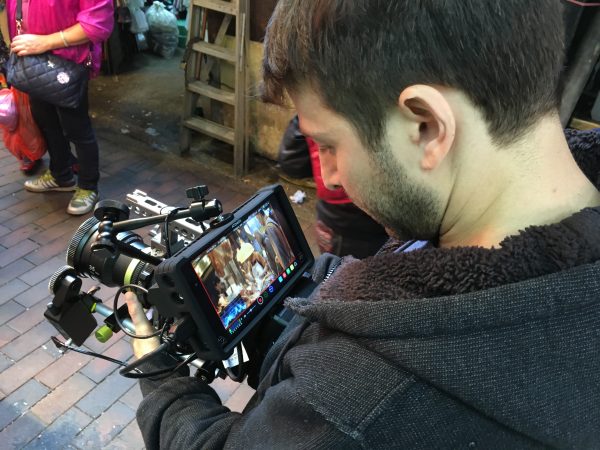
To test it out I headed to Hong Kong and met up with fellow news shooter Jonah Kessel. SLR Magic lent us the lenses so we could test how they would work shooting documentary-style handheld. I had previously used the Rectilux / Schneider optics adapter combination to shoot with and so had an idea of what to expect. The focus throw on SLR Magic’s 1.33x is about 260 degrees, making manual focus by hand tricky. We opted to use a remote focus system from CameTV instead, which turned shooting into a two person affair.
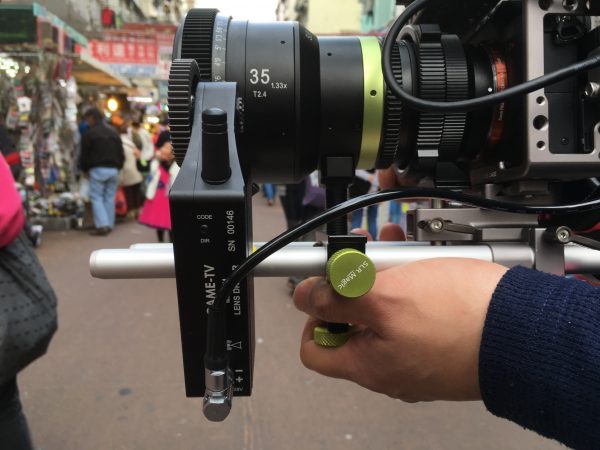
Jonah and I took turns to operate the camera, with the other person doing the focussing. Clearly this isn’t ideal for documentaries (although fine for many other uses) and I think the next thing to try is a motorised thumb wheel system like the Redrockmicro Scout, which should allow for easier solo operation.
We shot on SLR Magic’s Sony a7R II test setup in a Tilta cage, recording externally to an Atomos Shogun 4K recorder. The completed rig wasn’t exactly lightweight or ergonomic. If we were to do the same thing again we would certainly rig something better for on-the-shoulder operation.
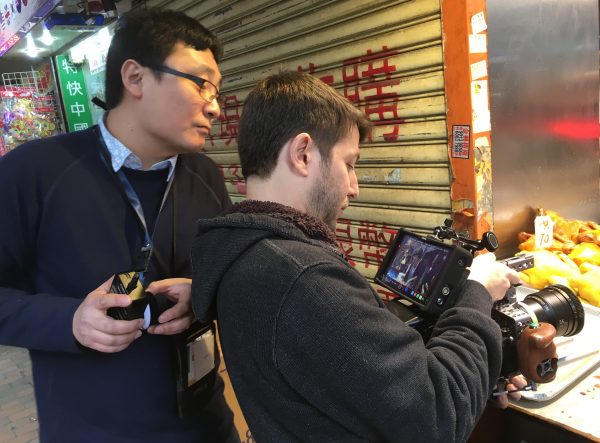
The only other issue we had to deal with was how to work with ND filters. Because we were using an a7R II we needed to fit ND to the lens. The front of the SLR Magic rotates so I couldn’t use my variable ND filter at the front. We ended up shooting most of the footage at around T5.6, instead of wider open. In future I would certainly opt to use the lens with a camera with ND inside the body if possible.
With the setup ready to go we headed onto the city’s busy streets. We shot mainly on the 35mm lens and a little on the 50mm. The experience of shooting with the anamorphic was actually pretty similar to regular shooting. We did find we had difficulty keeping horizons straight, and the 3ft 6 inch close focus of the lens was not quite as close as we would have liked (although this is much closer than most anamorphics focus without additional diopters).
Overall, I was impressed with the look, although it would have been better had we been able to shoot wide open more. I was surprised at just how good the bokeh of the 1.33x looked, although I would like to do a more scientific test against a 2x anamorphic at some point.
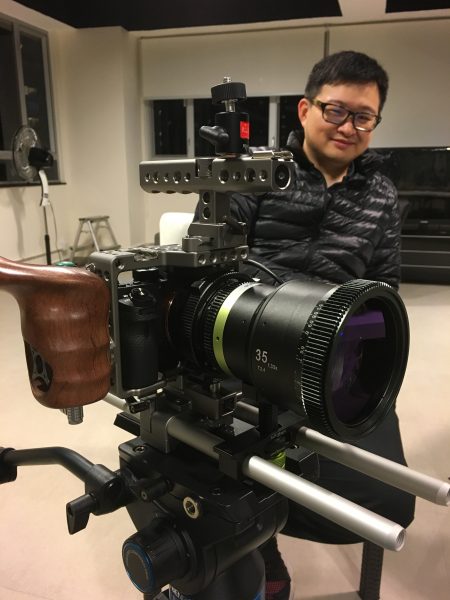
The 35mm lens did exhibit fairly pronounced distortion at the edges of the frame – something common in other anamorphic lenses too. Overall sharpness was very good indeed and chromatic aberration seemed well controlled. These lenses are certainly a step up from those used in most anamorphic adapter footage you see online.
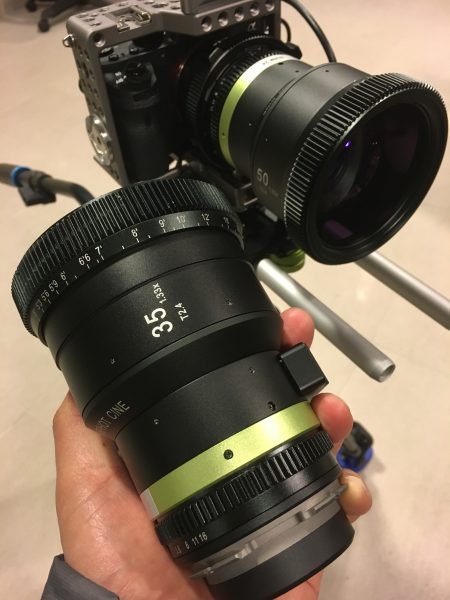
Of course, these benefits come at a price. The new lenses are not going to be anywhere near as cheap as the company’s adapters. Each lens will cost several thousand dollars and this will probably limit the appeal of these lenses to rental companies and well off DPs.
The lenses will get their first public appearance at the BVE show in London tomorrow. If you are at the show they can be found on the Atomos booth, K30, Hall S5.
They are available to order now from SLR Magic.
SLR Magic ANAMORPHOT-CINE 35mm T2.4 HK$46,680
SLR Magic ANAMORPHOT-CINE 50mm T2.8 HK$50,550
SLR Magic ANAMORPHOT-CINE 70mm T4 HK$50,550
Lens Type: Anamorphic lens
Squeeze factor: 1.33x
Objective front filter thread: Φ82
Mount: Titanium PL compatible with optional SLR Magic EF/F/mFT/E-mount
Titanium adapter.
Lens Coating: Multi Coated
Close Focus: 3’6
Weight (oz./g): 38.1/1,080
Length (cm): 13.5
Diameter (cm): 10
Image Circle: S35 for 35mm T2.4 (5.5K on DRAGON), FF for 50mm T2.8 (8K on WEAPON), and 70mm T4 (8K on WEAPON)
These lenses are available for order now. Above prices are for local pick up only. For shipment overseas, please contact us by email to get local reseller prices.



